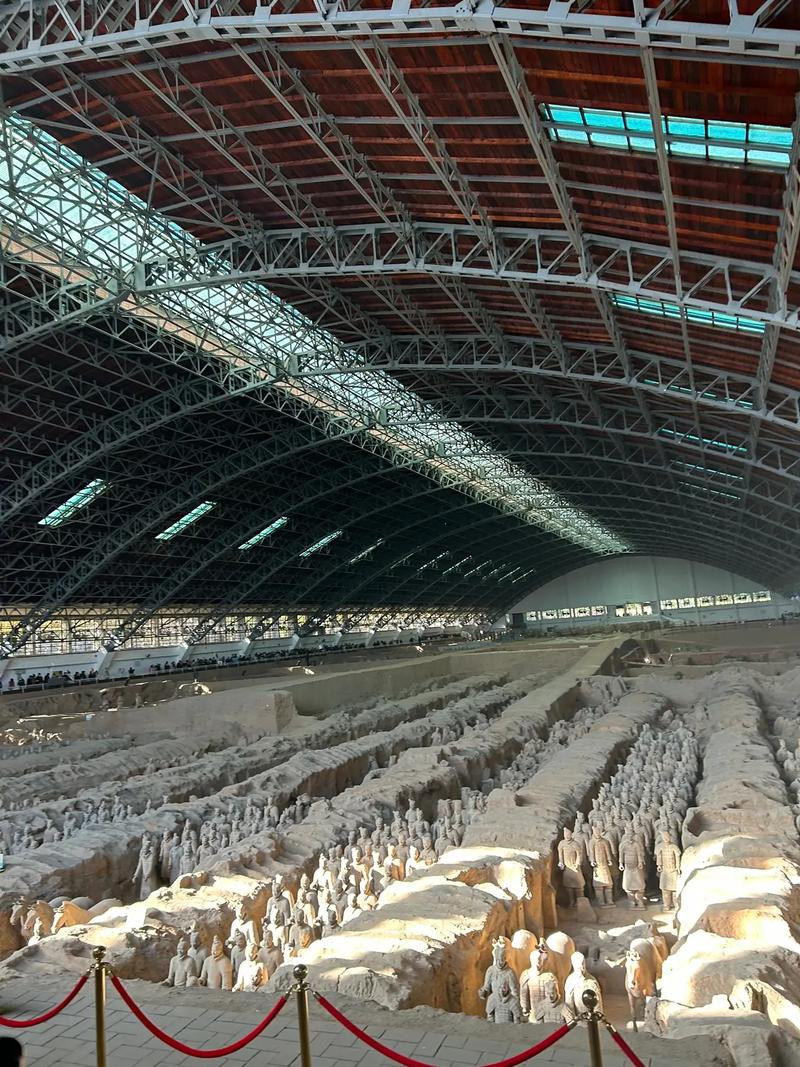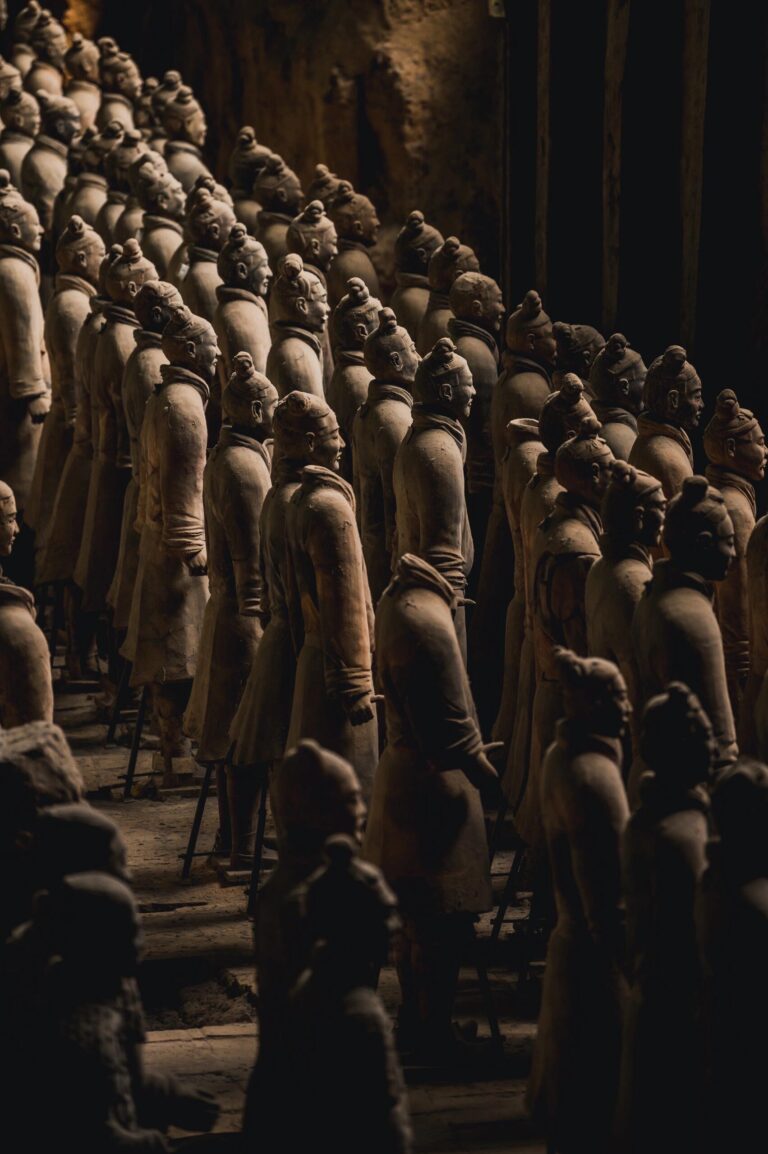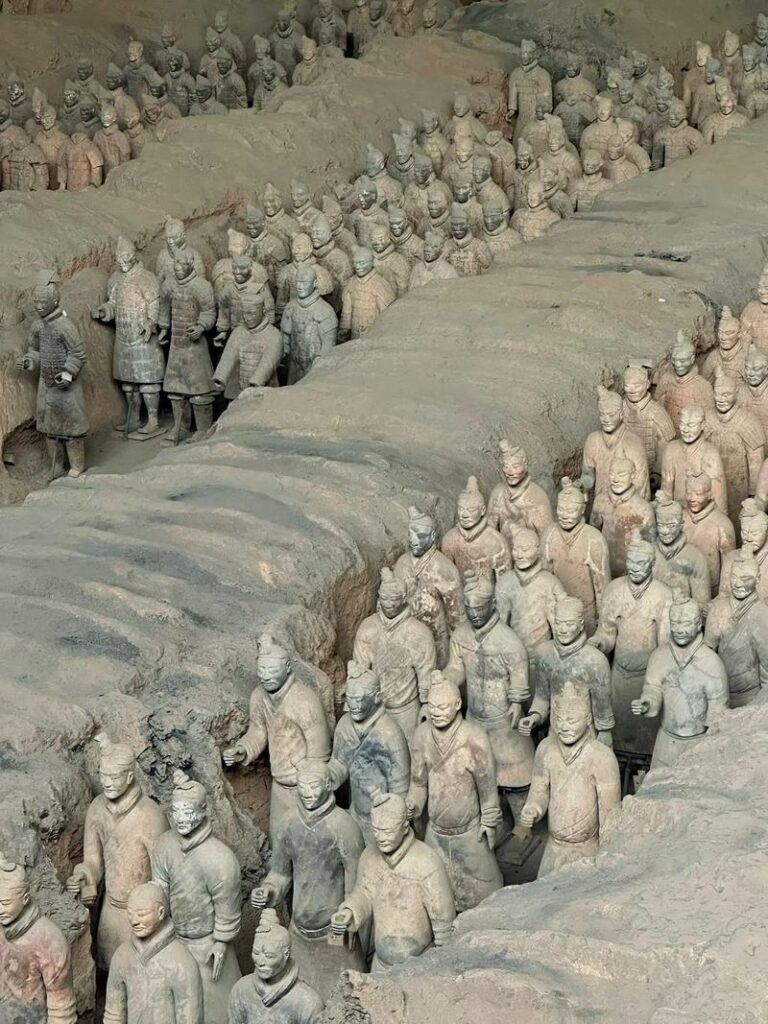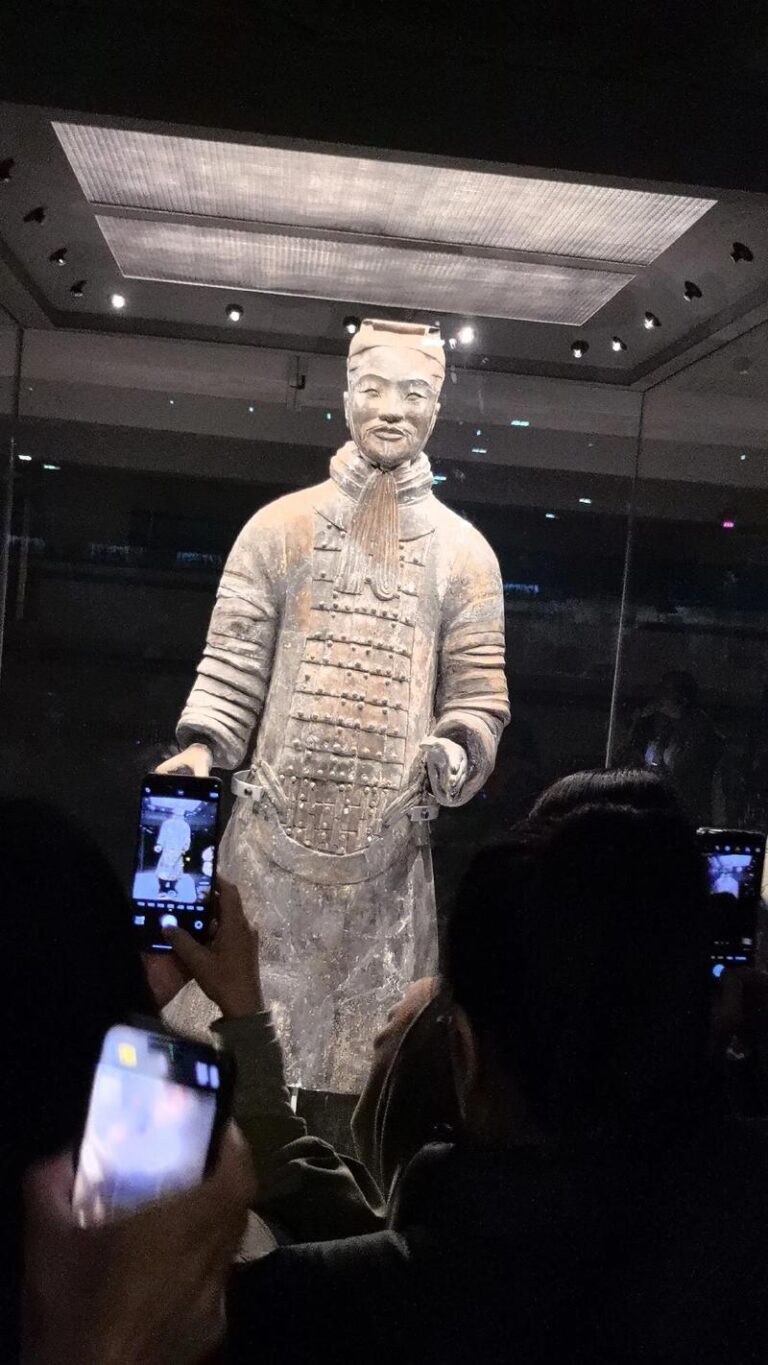Are there real bodies in the Terracotta Army?
The Terracotta Army Mystery: Are There Real Human Bodies Inside?
Imagine a dry spring day in 1974. Farmers digging a well near Mount Li in Shaanxi Province struck something hard with their shovels. Little did they know, they weren’t just breaking through tough soil—they were uncovering a secret gateway to an enormous underground army buried for over 2,000 years by China’s First Emperor, Qin Shi Huang. When the first life-sized clay soldier emerged, the world was stunned. But a chilling question arose with it: Could these incredibly lifelike warriors contain real human bodies?
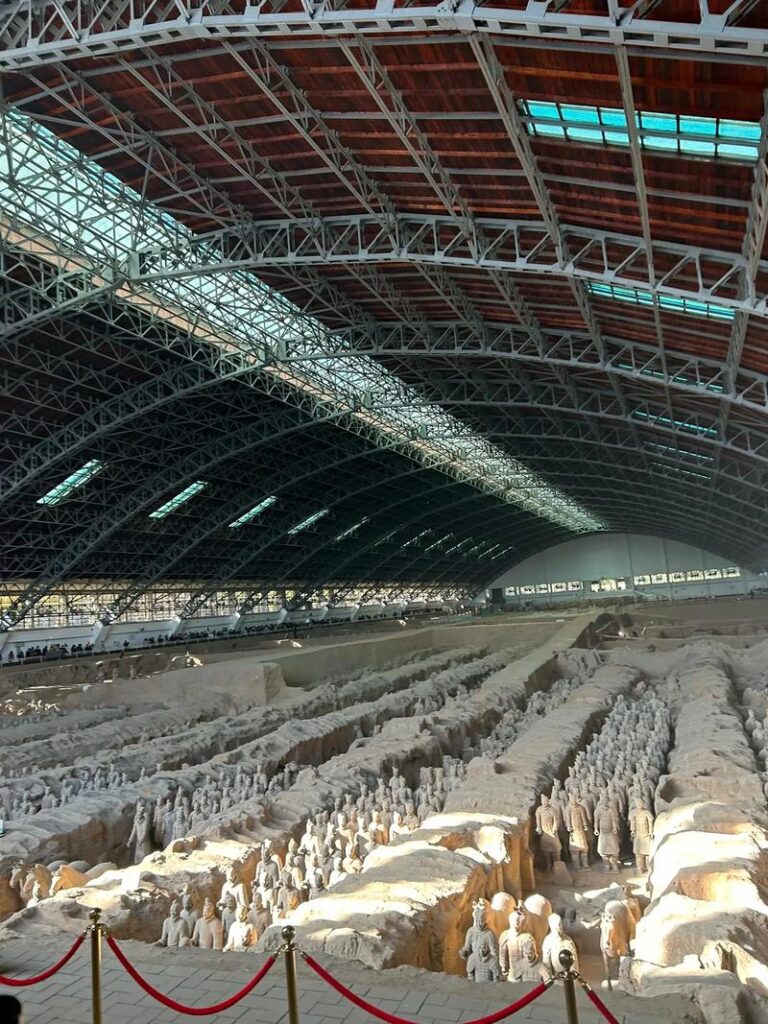
This wasn’t a wild guess. Ancient China did have a dark history of human sacrifice for powerful rulers. Centuries before the Terracotta Army, Shang Dynasty nobles at the Yinxu site in Anyang were buried alongside chariots, horses, and sacrificed servants. Ancient texts like the Book of Songs even contain funeral songs mourning loyal officials buried alive with rulers like Duke Mu of Qin. Though Qin Shi Huang’s great-grandfather officially banned this brutal practice, old traditions die hard. Facing the emperor who conquered all rival kingdoms, who could be sure he hadn’t revived this dark ritual?
But as archaeologists brushed away centuries of dust, the truth became clear: There are no real human remains inside the Terracotta Army. Modern science proves it. X-rays and examinations of broken statues reveal only hollow clay structures inside. They show the fingerprints and nail marks left by the craftsmen who shaped them—no trace of bone or human tissue. These 8,000 soldiers are masterpieces of clay and fire, an ancient artist’s ultimate tribute to immortality.
How could they look so real? The secret lies in the Qin Dynasty craftsmen’s astonishing skill. Using fine clay from Mount Li’s foothills, they meticulously built each figure layer by layer before firing them in huge kilns. Every warrior was sculpted with true-to-life proportions—muscles defined, armor plates detailed, even individual strands of hair visible. Most amazing is their unique faces: young soldiers with smooth cheeks, weathered veterans with deep wrinkles, fierce generals with piercing stares. When these unknown artists pressed their fingertips into the clay 2,200 years ago, they infused the cold earth with a life force that defies time.
Qin Shi Huang’s choice of clay soldiers instead of living people wasn’t just practical; it reflected changing values. By the late Warring States period, ideas valuing human life (“humanism”) were gaining ground. Even Confucius had complex views on using statues instead of people. While 41 small tombs nearby hold the remains of young palace women (a tragic echo of the old ways), the Terracotta Army itself represents a major step toward civilization. Replacing human sacrifice with symbolic clay guardians was imperfect progress, but it was progress nonetheless.
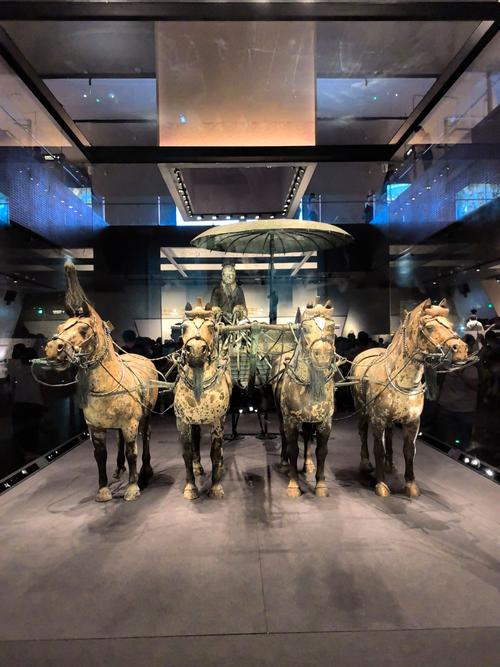
Looking deeper into the emperor’s “underground empire,” the warriors are just the beginning. Nearby pits hold graceful bronze water birds, hinting at imperial gardens; statues of civil servants frozen in respectful poses; and breathtaking bronze chariots with parts thinner than thread—craftsmanship that still amazes modern experts. The whole complex, described in ancient records as a “miniature universe filled with palaces, officials, and treasures,” was Qin Shi Huang’s bid for eternal power. The Terracotta Army was his immortal clay guardians—proof his might would outlast death.
Standing at the edge of Pit 1 today, American visitors see rows upon rows of silent clay soldiers, perfectly preserved for 22 centuries. Understanding there are no bodies inside changes everything. This isn’t a place of death, but a celebration of human creativity. Each warrior is a silent protest against brutality, a tribute to the craftsman’s skill and the dignity of life. It’s this incredible imitation of life that gives cold clay more lasting power than any emperor’s bones.
The bronze chariots’ rumble is long silent, but the clay soldiers still stand. When you look at them, remember: they hold no sacrificed souls. Instead, they carry the immense spirit of humanity turning away from savagery, stepping toward enlightenment. That is the true power that crosses time.
Every fingerprint pressed into the Terracotta Warrior’s armor is a silent carving of life’s dignity.

